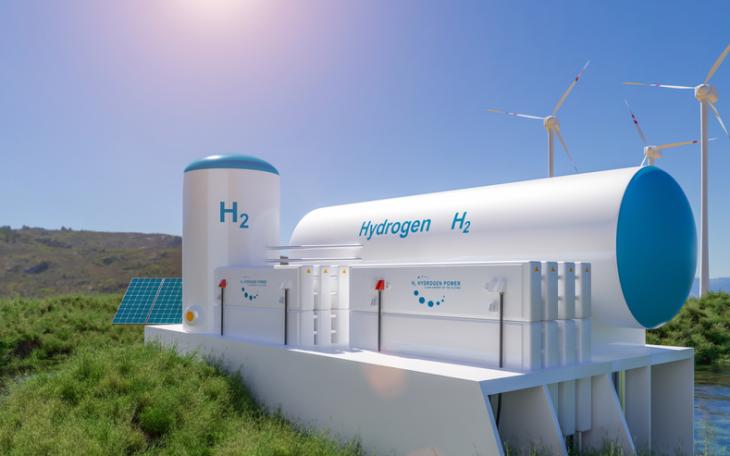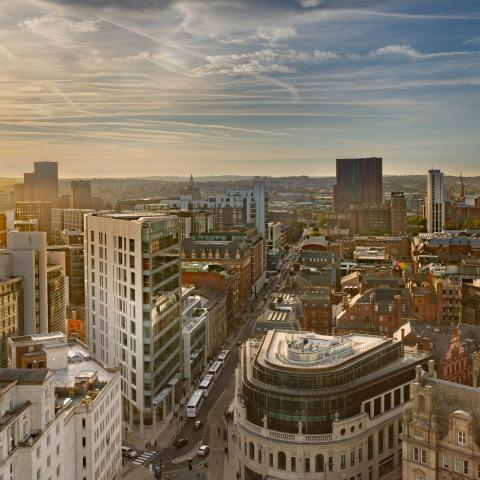Better late than never: “the start of the UK’s hydrogen revolution”

By Will McMyn
The government’s long-awaited Hydrogen Strategy has finally been published. This is the latest in a line of energy and climate related documents that has materialised well after it was promised. There are a number of other key policy documents that remain missing in action (Heat and Buildings Strategy, anyone? Or Treasury’s Net Zero costs final report?). We’ve all learnt to take the suggested publication dates for such things with a shovel-full of salt, but it would do the government’s credibility as a global climate leader no end of good if it could occasionally meet its own deadlines.
Anyway, the Hydrogen Strategy was launched with a grandiose assertion from the Business and Energy Secretary, Kwasi Kwarteng, that “today marks the start of the UK’s hydrogen revolution.” Certainly, the government is taking a bullish view on hydrogen technologies, predicting that hydrogen could meet 20-35% of the UK’s energy needs by 2050, with broad applications including glass and steel manufacturing; balancing an electricity grid heavily based on renewables; fuelling HGVs, aviation, and shipping; and keeping our homes and other buildings warm.
20-35% of the country’s total energy consumption? That’s a lot of hydrogen. Where will it all come from? Well, the strategy sets out a ‘twin-track’ approach, envisaging both ‘blue’ hydrogen (derived from natural gas, but with the carbon separated out, captured and stored) and ‘green’ hydrogen (created by electrolysing water – no carbon involved). Most agree that green hydrogen is the ultimate destination, but advocates of blue hydrogen say it has a vital medium-term role, while electrolysis technology improves and becomes cheaper. Blue hydrogen’s critics say that the carbon capture technology it relies on is no more mature than electrolysis and imply blue hydrogen is a delaying tactic by fossil gas companies to continue with business as usual. Government, it seems, by taking its twin track approach, is not so cynical.
But whether blue or green, who is going to actually produce all this hydrogen? The strategy talks about the potential of creating a Contracts for Difference (CfD) scheme to encourage hydrogen production. CFDs would boost private investment in hydrogen production plants (which would otherwise seem a dauntingly unproven and risky venture to most investors), by underpinning the market price of hydrogen with a government guaranteed ‘strike price’. It’s a model that has achieved great success in renewables, attracting billions in private investment, helping to mature markets and technologies, and driving down costs.
On the heating of homes and other buildings, the strategy acknowledges that there is more work to do to test the feasibility of using hydrogen, but states that, in time, hydrogen could become a like-for-like alternative for buildings currently heated by natural gas from the grid. The strategy envisages a slow start – less than 1TWh (equivalent to about 67,000 homes) of heating demand to be met by hydrogen by 2030, but then a potential massive acceleration of up to 45 TWh by 2035. To enable that, the government will consult on enabling or mandating hydrogen-ready boilers “later in the year” (which, let’s be honest, probably means next year).
A notable absence from the strategy is any mention of hydrogen-powered cars. Lorries, trains, ships and planes, yes, but cars, no. It seems that, for the government, the format wars between electric cars and hydrogen fuel cell cars is truly over. Somebody better tell Toyota and Hyundai.










